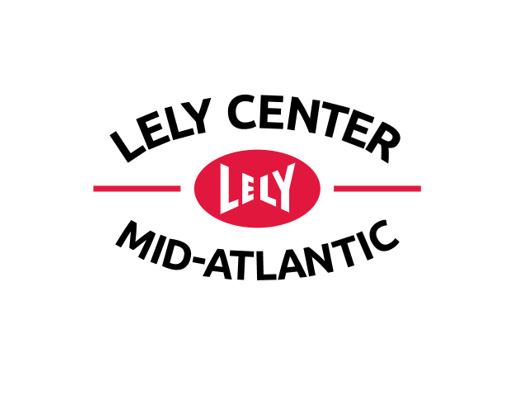“What is the life expectancy of a Lely robot?”
One of my favorite questions that I get asked frequently.
My answer?
“How much do you love your robot?”
If the shoes you wore on your feet every day had a hole in them, but you needed to use them to get from point A to point B, would you replace them?
A Lely robot works constantly, 24/7, to make your farm operations smoother and more efficient. It’s designed to alert you, the farmer, whenever something goes awry. When we think of robotics, our minds often gravitate toward the idea of “no human presence necessary,” and that can be true to some extent. However, there are still critical management areas that demand our attention in order to optimize uptime.
Producing a quality product that is clean and safe for consumers is a top priority for farmers. As Service Technicians, our job is to ensure that regular maintenance keeps the highest standards in place. We diligently follow a strict schedule for replacing wear parts in the robot, especially those silicone components that come into contact with milk. The robot constantly monitors cleaning brushes and liners, notifying the farmer when they approach the recommended number of milkings before potential failure. Even though the robot runs around the clock, it still needs time to perform a thorough cleaning of the entire route milk travels, from the cow’s udder to the milk tank. Proper cleaning involves washing three times a day, alternating between alkaline and acid washes. We also monitor chemical concentrations throughout the year to minimize the risk of milk buildup in the pipeline and on other robot surfaces.
A healthy final product is only as good as the machine that produces it. Therefore, it’s crucial to ensure not only the quality of the milk but also the environment in which it’s produced. During colder months, pests like rodents often seek shelter in the warmth of the barn, making the robot an attractive residence. Damage caused by these creatures can lead to hefty service bills and costly downtime, as well as grossed-out technicians, if we’re being honest. Proactive pest control and routine cleaning of the robot’s exterior can help farmers stay ahead of this inevitable challenge. Feed bowls are the primary reason for attracting unwanted guests, so keeping them clean not only deters pests but also encourages cows to eat and produce milk at peak performance.
Taking the time to “love” both the interior and the exterior of your robot will extend its lifetime. So, “What’s the expectancy of a Lely Robot?”. That’s up to you.
